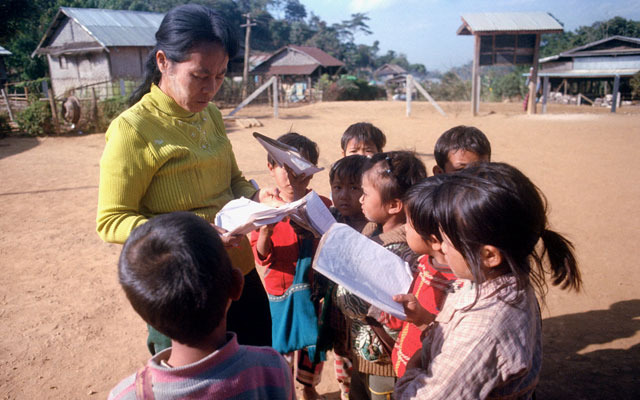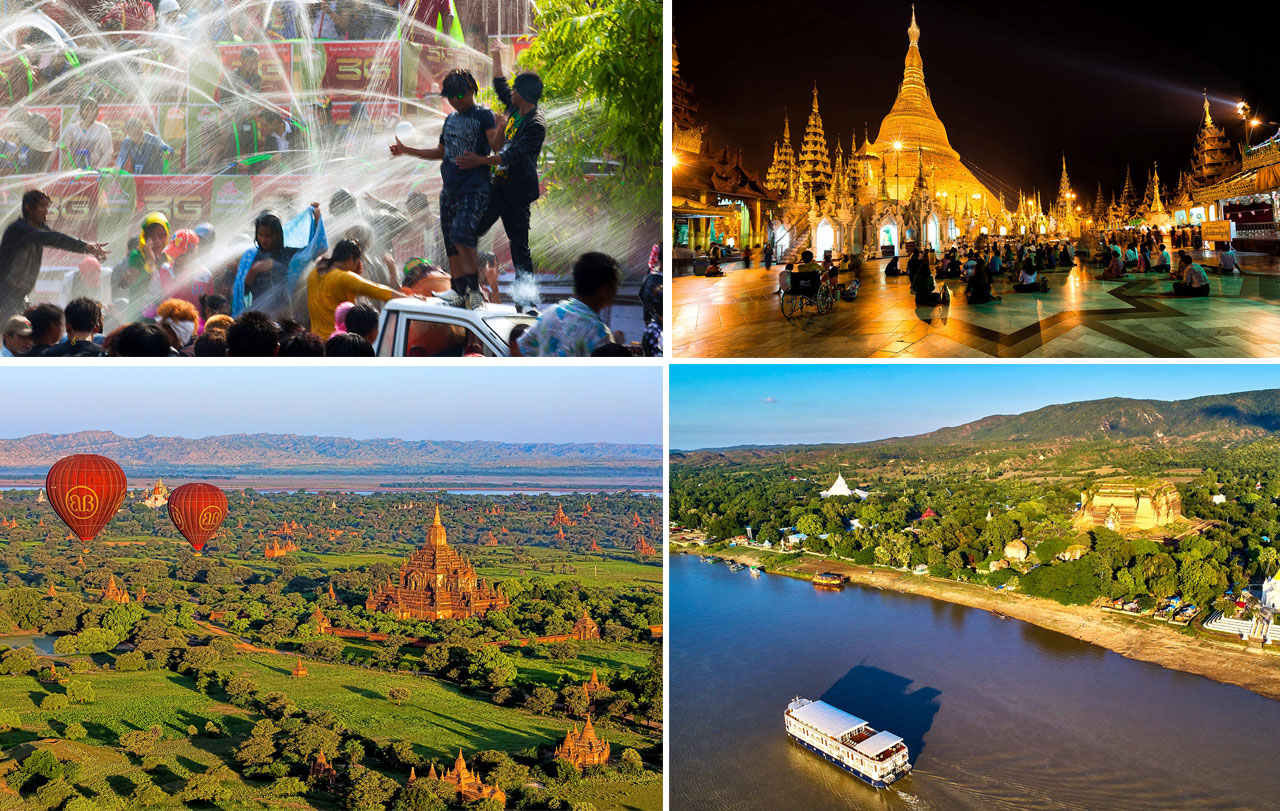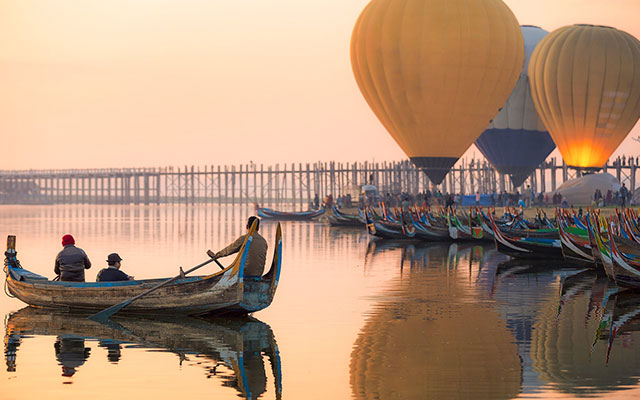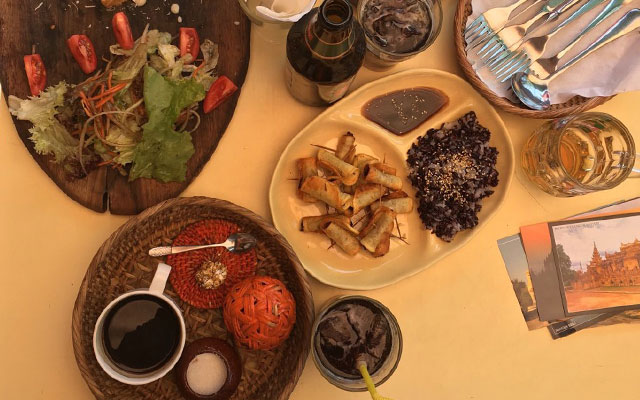Maha Gita – Classical Music of Myanmar

Music has an important role in every culture. It can bring people closer together. Myanmar traditional art is a reflection of outstanding features which may surprise travelers. One of them is Maha Gita.
What is Maha Gita?
Maha Gita is the complete collection of Burmese classical songs. The name means great or royal song and usually referred as Thachingyi. The songs originate from the musical traditions of the Burmese royal court, and form the basis of Burmese classical music today. They also form the basis of shared tradition of the chamber music ensemble as well as solo instrument performances such as the piano. The Maha Gita also provides basis for music in the theatres including the puppet theatres and ones which employ live actors.
The collection is divided into several different types of songs as following:
- Kyo, bwe, thachin gan: the oldest repertoires and contain a great number of songs
- Pat pyo: royal court music. It contains the largest number of songs in the collection. These songs have a rhythmic foundation resembling drum beats, and require the highest level of performance technique and knowledge.
- Lwan chin: songs of longing
- Lay dway than gat: a group of two special songs
- Myin gin: music that makes horses dance
- Nat chin: songs used to worship the nat, Burmese spirits
- Yodaya: music introduced from Ayutthaya in Thailand as well as songs which were later composed in that style
- Talaing than: music adapted from the Mon people
- Bole: songs of sorrow.
Beside this body of court songs, there is a number of instrumental pieces in the form of opening music for the theater which are called “panama ti’loun”. There are a number of instrumental types associated with the Royal Palace Watch, such as the “neyi“, the first music played each morning in the royal palace or the “yegin“, played as the watch musicians navigated the moat around the royal palace. A number of rhythmic and melodic types borrowed from folk repertoire—such as “byo,” “si daw.” and “dophat“—also are included in the corpus of Myanmar traditional music, although not formally part of the Maha Gita.
History of development

Burmese musicians at the Shwedagon Pagoda (Source: Wikimedia)
The Maha Gita developed into a single style from Pyu, Mon, and Burman musical traditions. It also incorporates musical traditions of conquered kingdoms as the Ayutthaya (yodaya) or the Mon people (Talaing than)
Kyo, bwe, and thachin gan songs are served as the main court music before the Konbaung dynasty (1752 – 1885).
The earliest genre of kyo songs date to the late Kingdom of Ava era. They were used as repertoire to teach traditional classical singing and the saung. The oldest songs of the kyo genre are the “Three Barge Songs,” which describe a king’s passage up the Irrawaddy River to Tagaung. They have variously been dated to the late Toungoo period (1531-1752). Bwe songs honor the king, while thachin gan songs honor the Buddha or the king as a protector of the Śāsana (Buddhist and Shaivite term for their philosophy and practice). Both genres date to the Konbaung dynasty.
Pat pyo songs were popular in the late Konbaung dynasty. lay dway than gat songs constitute a minor genre, and are characteristically sharp and active, with fast, short rhythms. These songs are always followed by myin gin songs which are traditionally performed at equestrian, martial arts, and archery events.
Bawle songs, which are plaintive songs, date to the 1800s. The earliest song, Sein Chu Kya Naung, composed by a Konbaung princess to persuade her husband to return to her side, was composed after 1838.
When Myanmar was under British colonial rule, a new genre of traditional music appeared. It variously called khit haung, hnaung khit, and kala paw. Although the roots of this genre lie in the pre-colonial court tradition, the songs gradually incorporated Western musical instruments (the piano, guitar, banjo…). Foreign musical also influences the melody, tunings, and rhythm which did not adhere to the strict rules of the royal court musical tradition. From the 1920s to the 1940s, the introduction of recording technology created a sizable local market for khit haung music. The Burmese government publishes multi-volume written compilation of songs from this genre.
Nowadays, the popularity of the Maha Gita genre has decreased significantly with the advent of popular music. However, some songs in the Maha Gita corpus, such as a bwe song called “Aura of Immeasurable Auspiciousness”, a song used in traditional weddings remain staples for various traditional ceremonies.
















